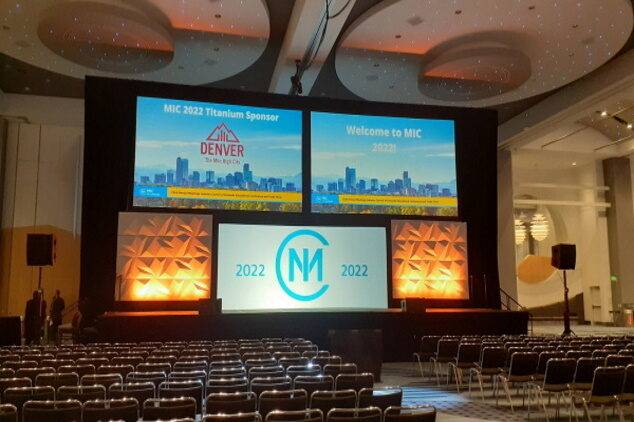Crucial Strategies for Enhancing the Lifespan of The LED Display
Wiki Article
Light Emitting Diode walls are growing increasingly widely used for multiple applications, from advertising to leisure. To ensure that these displays operate efficiently over time, it is crucial to implement strategies that maximize their durability. Comprehending the factors that affect the longevity of LED walls can help operators sustain their performance and avoid unneeded substitutions.
One of the primary factors that can prolong the durability of an LED wall is appropriate setup. It is crucial to have a professional crew handle the setup process to guarantee all components are correctly attached. Inadequate installation can lead to power issues or mechanical damage. Additionally, the placement of the LED wall should take into account surrounding factors such as light exposure and humidity levels. A well-installed display in a suitable site will reduce the chance of damage caused by external elements.

Routine maintenance is a further crucial strategy to prolong the lifespan of an Light Emitting Diode wall. This includes routine checks to monitor for any indicators of wear or failure. Dirt and dirt can accumulate on the surface of the Light Emitting Diode screens, affecting brightness and hue quality. Wiping the displays with appropriate materials will help keep ideal clarity. It is also important to monitor the electronics behind the display, making sure that all links are secure and that there are no overheating issues, which can significantly reduce the durability of the parts.
Electrical management plays a crucial role in enhancing the lifespan of an Light Emitting Diode screen. Over-voltage or fluctuating power supply can damage the internal circuitry. To avoid this, using a reliable electric supply and putting in place surge protection measures is advisable. Additionally, setting the screen to function at reduced luminosity levels when high brightness is not necessary can reduce wear on the LEDs. This not only extends the durability of the screen but also saves power, making it a economical option.
Furthermore, software management can influence the functionality of Light Emitting Diode screens. Consistently updating the software that controls the display ensures that it runs efficiently and includes any essential safety patches. Outdated software can lead to performance issues and may expose the system to vulnerabilities. Proper scheduling of take a look at the site here content can also help in managing the workload of the display, allowing it to rest during non-peak hours, which can aid to a greater durability.
In conclusion, maximizing the durability of an LED wall involves a combination of appropriate installation, regular upkeep, effective power management, and careful program management. By focusing on these critical tactics, users can guarantee that their Light Emitting Diode displays remain operational and aesthetically appealing for numerous years. Taking preventive steps will not only enhance the functionality of the LED wall but also offer a better return on cost over time.